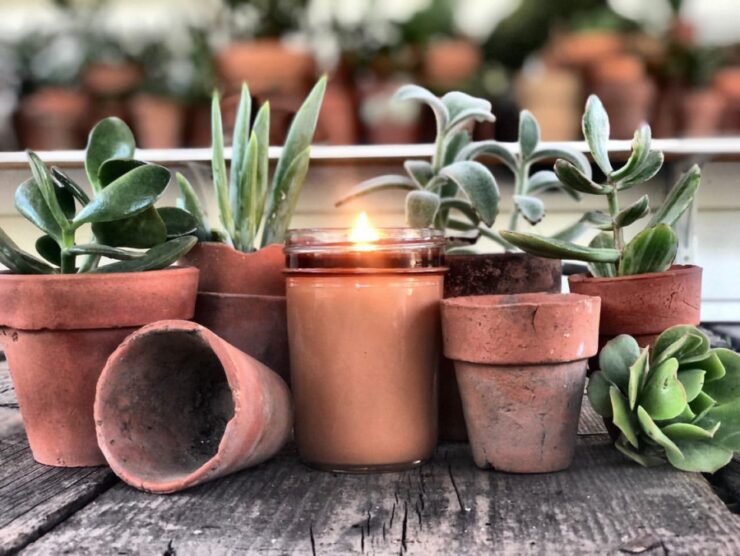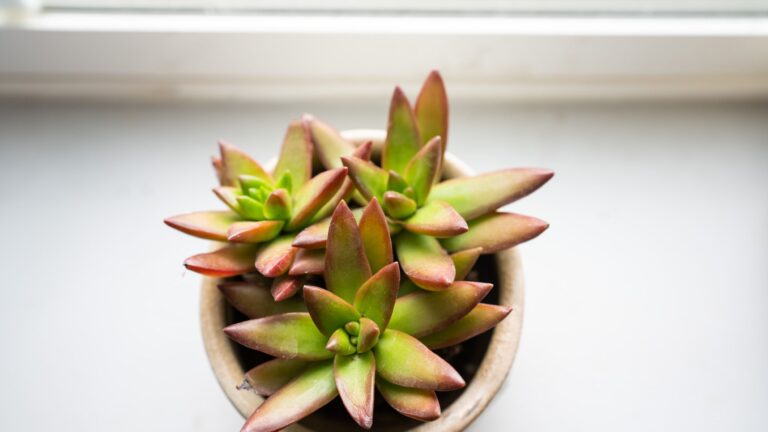Taking care of plants all year round is a challenge because you have to adjust to different seasons. Winters are the most difficult time of the year. Even succulents are prone to dying if you do not take good care of them. However, the simple solution to it is preparing well for the changing seasons and regulating temperature while you are at it.
In this article, we will be discussing whether or not succulents can survive during winters and if bringing them indoors will make any difference. We would also include some tips that might help you take better care of your plants as the seasons change. But it all depends on your care and investment so make sure to read everything.
Will Succulents Live in Winter?
Yes, succulents can live in winter. You might even see them thrive during the coldest season because that is how they function. All depends on how you approach the change in temperature and weather or not if you care for them accurately. But before we get into that, you need to know that there are two types of succulents.
Hard succulents are highly resistant to any change in temperature even if it goes to the freezing degrees. They might even blossom when frost occurs so you will get to witness beautiful colours in your plants. Most of the time, depending on geographical locations you can leave these types of plants outdoors even if it is freezing. You can get any of them at a good Succulent Market .
But just because some succulents can tolerate winters extremely well does not mean that all of them are the same. Apart from the type mentioned above, there are other plants known as soft succulents. In complete contrast, they will absolutely not be able to tolerate frost and will die if they are not kept at a regulated temperature. These are the kind of succulent that will survive indoors during winter.
How to Make the Transition?
Quantity to what one might think, making the transition from outdoors to endorse is not very easy. You will be changing the entire atmosphere of the plants so preparing for new challenges after the transition is important. Additionally, the translation is also essential to protect both the succulents and the other plants inside your home.
Making the transition will require you to keep track of the changing season and do it at the right time when the temperature starts dropping low. You need to be prepared at least three weeks in advance so that you spray insecticides on all of your plants located outdoors. Do not overdo the insecticide but make sure you spray plenty so that the plants are rid of all insects and pests.
The next step will be to uproot the plant from where it is placed in the soil and place it in a well ventilated pot. Succulents will only thrive if they get proper air circulation through the soil so the pot should have a hole at the bottom for better draining. Make sure to clearly inspect each plant before placing them in pots.
Always check to see if the roots are intact. Do not as a date to engage in some trimming if the roots are not in a good shape. You can also prepare the soil by adding pumice in the pot. It will help with drainage and also create a healthy balance of water and air in the soil. Once you have done all of this, you are ready to take them indoors.
What to do Indoors?
You might think that the extent of your responsibilities end when you bring them indoors. But you have to let your plants make the adjustment by supporting them accordingly. The very first thing you need to do is stop watering them. We are not asking you to kill them but just to give them enough water that will keep them from dying but not enough to let the frost set in.
Your priority after bringing the plants indoors is to follow up with how well they react to the change. One of the great factors to look at is the temperature in your house. You need to be very careful about the temperature regulation because if it is the same as outdoors, you are not helping much.
You should have already made the transition when the outdoor temperature reached scout 45 degrees Fahrenheit. So, the ideal range of temperature you should maintain while taking care of plants falls in the range of about 50 to 60 degrees Fahrenheit. While you are at it keep your plants near a window which receives a lot of sunlight.
They might not require a lot of water but after living outdoors they are prone to certain weather conditions. This includes getting adequate light everyday. So, if you want to make the transaction easier, keeping the succulent at a spot which receives plenty of sunlight will be a good thing. It will also help them stay warmer even if the temperature outside is cold.
If you cannot find a spot bright enough, you might have to invest in a growth light specially made for succulents. It will be a worthwhile investment especially if you are thinking of getting new plants and want them to grow just as strongly as your previous ones have. It will be worth every penny if you have taken up gardening as a hobby or just simply want them to survive beyond the winter.
The Takeaway

Succulents surviving winter was never in question but all they need is a little help from their owners. As long as you make the transition easy and create a welcoming atmosphere in your home, winter will pass by conveniently. Just make sure that you are not watering the plants excessively and giving them enough room for air circulation. Ensure proper drainage in the pot during transition and take care of the roots when you transfer them from the ground.

